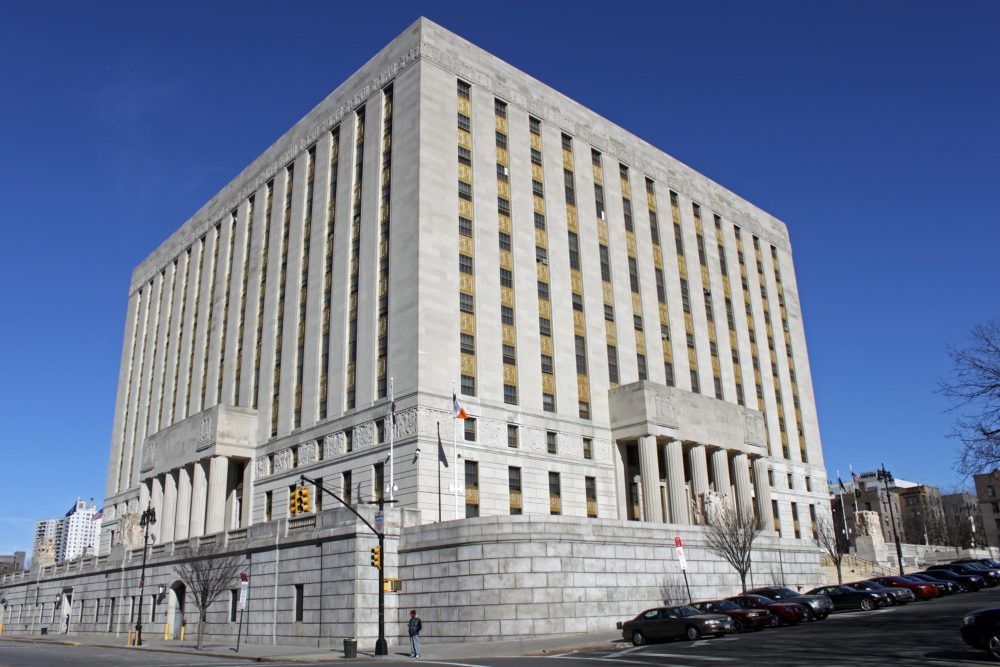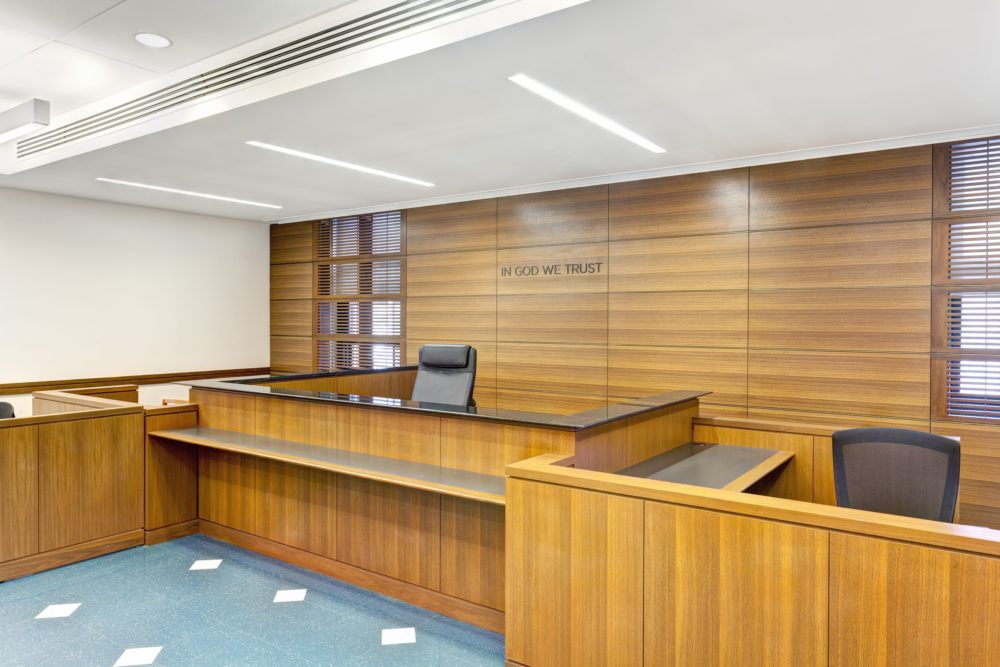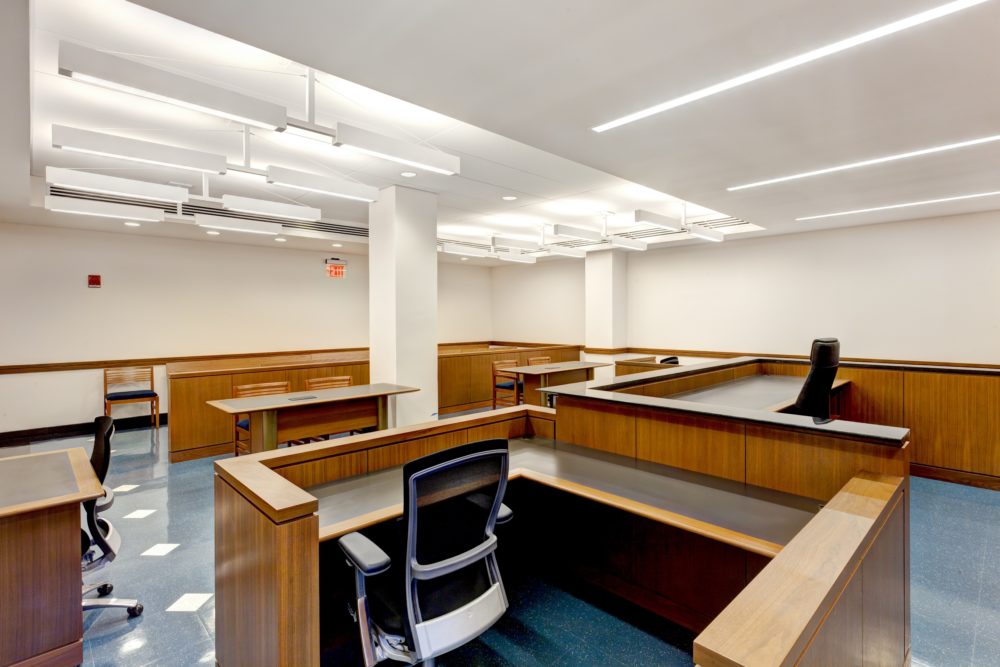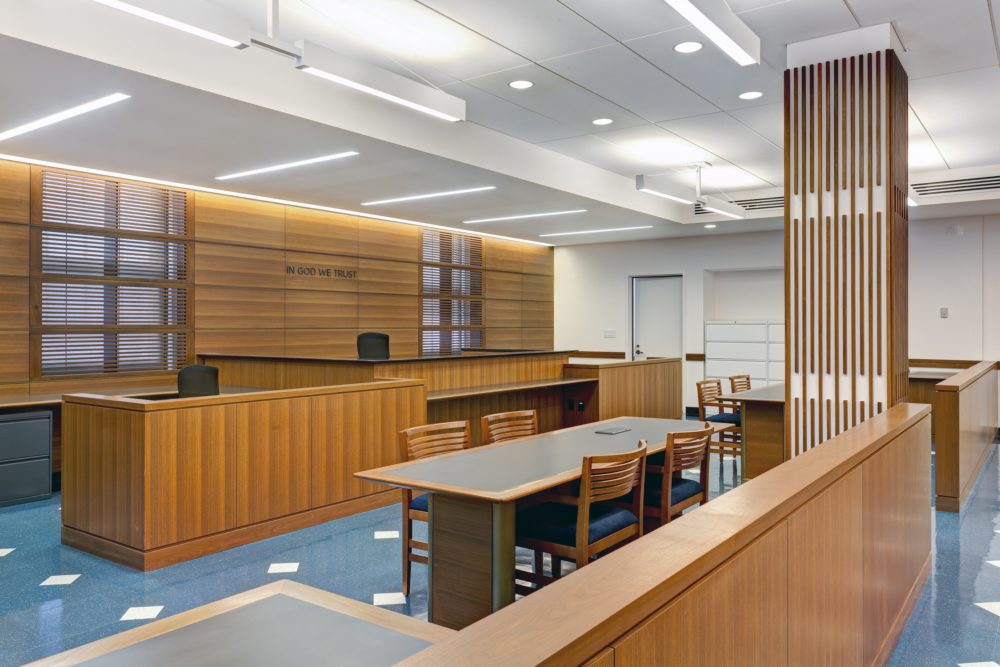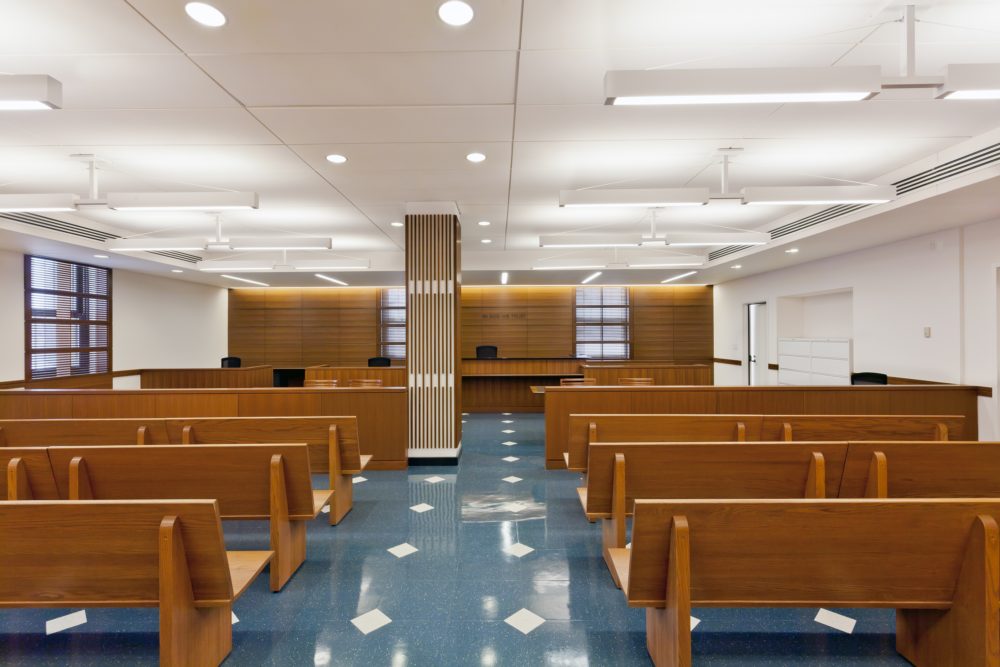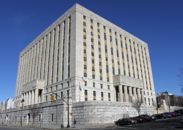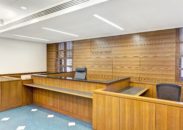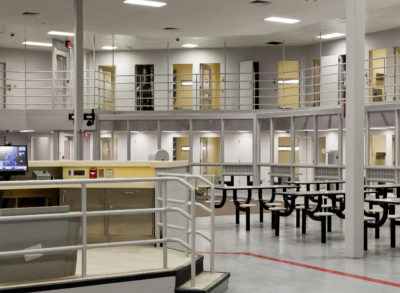Overview
LiRo-Hill provided comprehensive construction management services for the renovation of the historic Bronx Civil/ Civil Supreme Courthouse Building, located at 851 Grand Concourse. The project was a multi-prime type with four prime contracts. The project scope included: a gut interior renovation of approximately 54,000 sf on floors G, 1, 1M, 2, 4M, 5 and 6M; the installation of exterior pressurization ductwork for the four primary egress stairs of the building; and the renovation of the primary egress stairs of the building to return them to their original width.
About the Project
The program for the renovated space included: courtrooms, associated support functions, general offices and administrative spaces, for the Bronx Lower Civil and Bronx Supreme Civil divisions of the New York State Office of Court Administration. Architectural work included asbestos abatement and complete demolition of all existing partitions, doors, ceilings, floors, permanent furniture, furnishings and equipment, and all associated hangers and supports; installation of new partitions, new floors, new ceilings and lighting fixtures, new doors and new built-in casework. The one-story elevator lift proposed connects Floors 1 and 1 M. The scope also included painting and/or an industrial cleaning of various existing finishes that are to remain. To return the stairs to their original size, they were pressurized. The pressurization scope of work involved the addition of four roof top fans supported by galvanized steel dunnage that serve the stairs via ductwork that access the stairs from the courtyard. LiRo-Hill provided cost estimates, schedules, and phasing plans during preconstruction, and full construction phase services.
Project Challenges & Solutions
The building is listed on the National Register of historic places, as well as being a designated New York City landmark. Accordingly, all renovation and preservation efforts reflected the integrity and historic importance of the prominent structure, and complied with the guidelines and restrictions of the governing groups.
